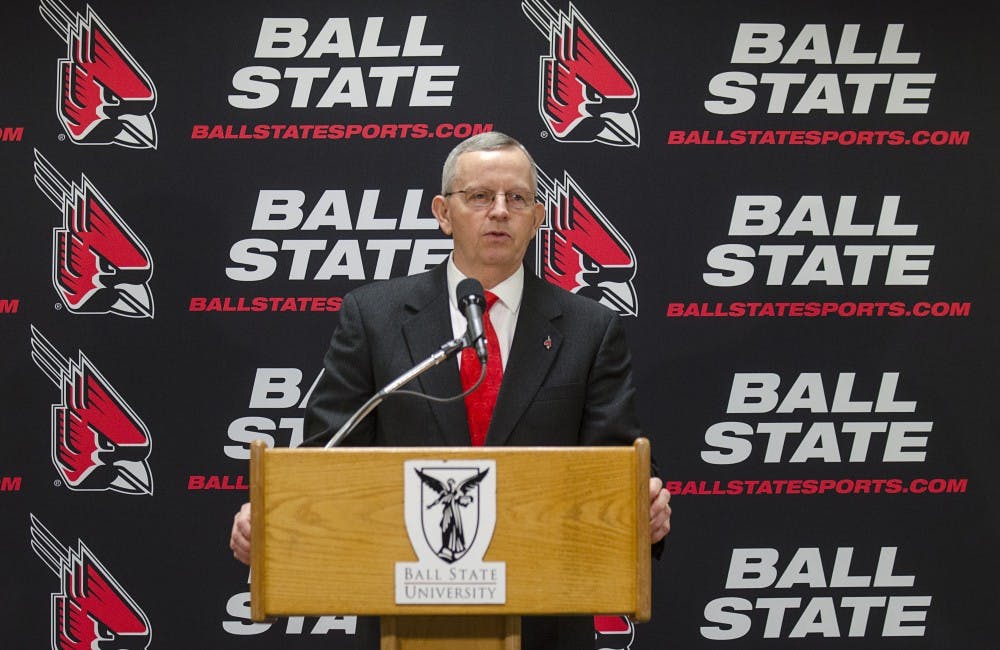About Mark Sandy:
- Ball State's new athletic director
- Athletic director at Eastern Kentucky since 2005
- Senior associate athletic director at University of Richmond from 2003-05
- Associate athletic director at Richmond from 2000-03
- Associate athletic director at Miami University in Ohio from 1997-2000
- Admission director at Francis Marion University in South Carolina from 1996-97
Former Eastern Kentucky athletic director Mark Sandy's job description remains the same after being named the new athletic director at Ball State.
Being a director of intercollegiate athletics at a university is a year-round job with many duties. The athletic director is in charge of tasks such as allocating funds and salaries based on the budget, welfare of athletes and overseeing equipment and facilities.
Much of the recognition of athletic success goes to players and coaches because they are seen more often, but the athletic director is the one that makes it all possible.
“A successful athletic department is an intricate part of the university,” Sandy said in his introductory news conference. “We’re not separate — we are here to be a part of it, and to help bring positive press, PR and all the things that come with the success to the university.”
The hiring and removal of coaches is one of the most important parts of an athletic director's work. An athletic director's success can be measured based on the success of the university's athletic teams. Many contracts have incentives for successful programs.
Sandy emphasized winning in his news conference.
“[Coaches] are the foundation of which we will build this athletic department,” he said.
Working with coaches to determine the schedule of games and practices is a key duty that athletic directors must perform to ensure there are no scheduling conflicts. They will also work with other directors and conferences on scheduling and postseason competition.
Management of both of people and funds, was one of the criteria that the 12-person search committee used when interviewing candidates for the job.
"We really needed a strong, steady hand in management," Ball State President Paul Ferguson said. "Sports administration, athletic administration, in 2015 is a difficult challenge."
Each program is different depending on funding, equipment and facilities. All of these resources have to be allocated evenly between the teams to allow adequate time for practice and preparation.
While all athletic directors may have the same duties, no two plans are going to be identical because each institution has different resources at its disposal.
All duties come with strict guidelines that are sanctioned by the NCAA and are monitored very closely. It is the athletic director's job to ensure these rules are not broken by anyone in the athletic program.
Sandy's plan of integrity aligns with Ferguson's desire for an ethical athletic program.
"We're going to treat everyone with respect, no matter who they are or what they do, and we're going to always tell the truth..." Sandy said. "We're going to have student-athletes who stand up for what's right, and we're going to do the same."





